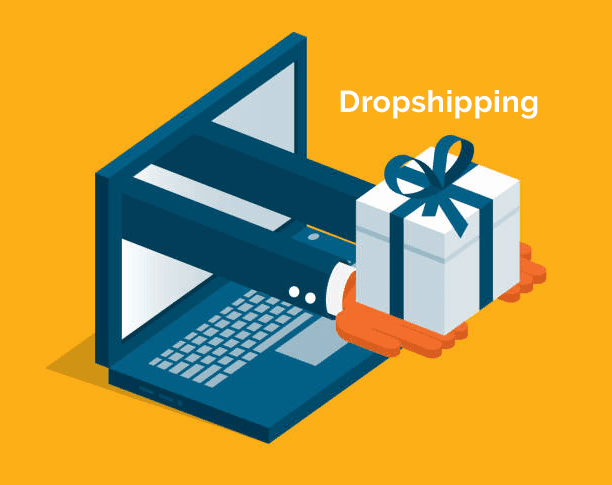Today’s retail landscape is virtually unrecognizable to that of even twenty years ago. As shoppers around the world continue their seemingly insatiable and unstoppable love affair with e-commerce stores and web/app-based retailers, so the trend of shopping online grows exponentially – to the point many industry experts predict we could soon see the demise of the traditional high street and brick and mortar shops.
However, while e-commerce systems and software have brought previously unimaginable benefits to firms operating online, they still suffer one major drawback – namely, a lack of consumer/retailer interaction to help guide consumers through the shopping process and onto eventual purchase.
The growing problem of Shopping Cart Abandonment
The term Shopping Cart Abandonment (SCA) refers to a problem that is the scourge of all online retailers. In a typical SCA scenario, a prospective client will be browsing products and adding them to their virtual cart only to become distracted by something else and discarding their goods. In the real world, it would be the equivalent of dropping your basket in the supermarket because you had seen something more interesting outside.
SCA is a real and growing problem for online retailers – so much so, recent research found as much as 81% of potential transactions are abandoned before reaching the checkout stage in web transactions. Other sobering statistics include:
- Mobile sales completions rank lowest at around 8.5% while on the laptop and desktop the stats are not much better at approximately 13% – all caused by SCA
- Typical SCA rates vary from day to day with the figures as high as 90% in some sectors over the weekends
- Travel sites are most at risk of SCA with as much as 85% of all potential purchases failing to reach payment stage
Clearly, SCA is a major issue and one that your firm needs to address if you operate an e-commerce operation.
Ways to identify, isolate and reduce potential causes of SCA
The first step in addressing potential SCA issues is to perform a full audit on your current website and its transaction systems. You must try to see your brand and its products/services through the eyes of a potential customer. Unfortunately, it is all too common for e-commerce retailers to simply assume clients understand their products to the same depth they do, instead you should have someone with zero previous experience evaluate your site.
The shopping journey needs to be as simple and clear as possible for your site visitors so you should address potential causes of concern like confusing navigation structures, improper classification or naming of products, insufficient product information (including images), or confusing (and, in most cases, unnecessary) registration forms, and so on. Anything that can realistically be viewed as a barrier between your customer and them reaching the payment phase should be removed or, at the very least, streamlined.
Partnering with a professional web design and development firm is by far the best way to identify potential problems with your site and improving the purchasing process on your site.
Hand-hold customers and guide them where needed
It is estimated around that most consumer journeys start with an online search, however, just like in the real world, customers will typically do considerable research before finally committing to a sale. It is worth remembering, that the Search Engine Results Page (SERP) a potential client found your site on is just a click away and filled with 1000’s of links to other firms all competing for the same sale – so you must find ways to engage with your users quickly.
The rather impersonal nature of the internet makes interaction with clients considerably trickier than in the real world. However, one tactic that has been growing in popularity in recent years for online retailers has been to add a live chat system to their site. With live chat, you can effectively guide the user to products they possibly did not even realize were of interest when they first visited your site – plus guide them through every step of the path to a final sale.
Live chat is the online equivalent of a real-world salesperson approaching a customer, advising them and helping them choose the product that is right for them then guiding them to the checkout to complete their purchase. The systems also offer many other considerable benefits as explained in this article.
Reduce form-filling whenever and wherever possible
As any online shopper will attest, there is nothing more off-putting than filling a basket with items only to then be faced with a massive registration or purchasing form. If you find your online sales are below what you might expect, you should check your page stats to see where shoppers are abandoning their carts. It is very common to find customers leave at precisely the point they see the form they are expected to fill in to complete their purchase.
Combatting SCA in these final stages is very easy by simply reducing the information you request from shoppers to the absolute minimum or adding a ‘buy as guest’ button if you still prefer to allow users to register.
Indicate the percentage complete in checkout pages
Giving your users a visual representation of where they are in the checkout process helps them to realize how far through they are in your purchasing system. In fact, it may also give you clues that you are asking too much of customers and allow you to identify parts you should remove as noted above.
Remove barriers between store and checkout
You should make it as easy as possible for your online shoppers to move between the store and final checkout pages. Just like in the real world, consumers do not typically make an immediate decision on a purchase and will often continue browsing even with items in their basket. You should make it as easy as possible to navigate to your purchasing system by always including a basket icon or similar on pages.
Remember the importance of product images on checkout pages
In real-world shopping, we are always aware of what we are about to purchase – just a cursory look down to our basket or trolley shows us what we are going to buy. Online, things can be very different so it is worth giving customers a visual reminder of the products they have added at the checkout phase rather than just hitting them with the final bill. Including small thumbnails of products next to your checkout forms is a great way to keep users engaged in the buying process.





